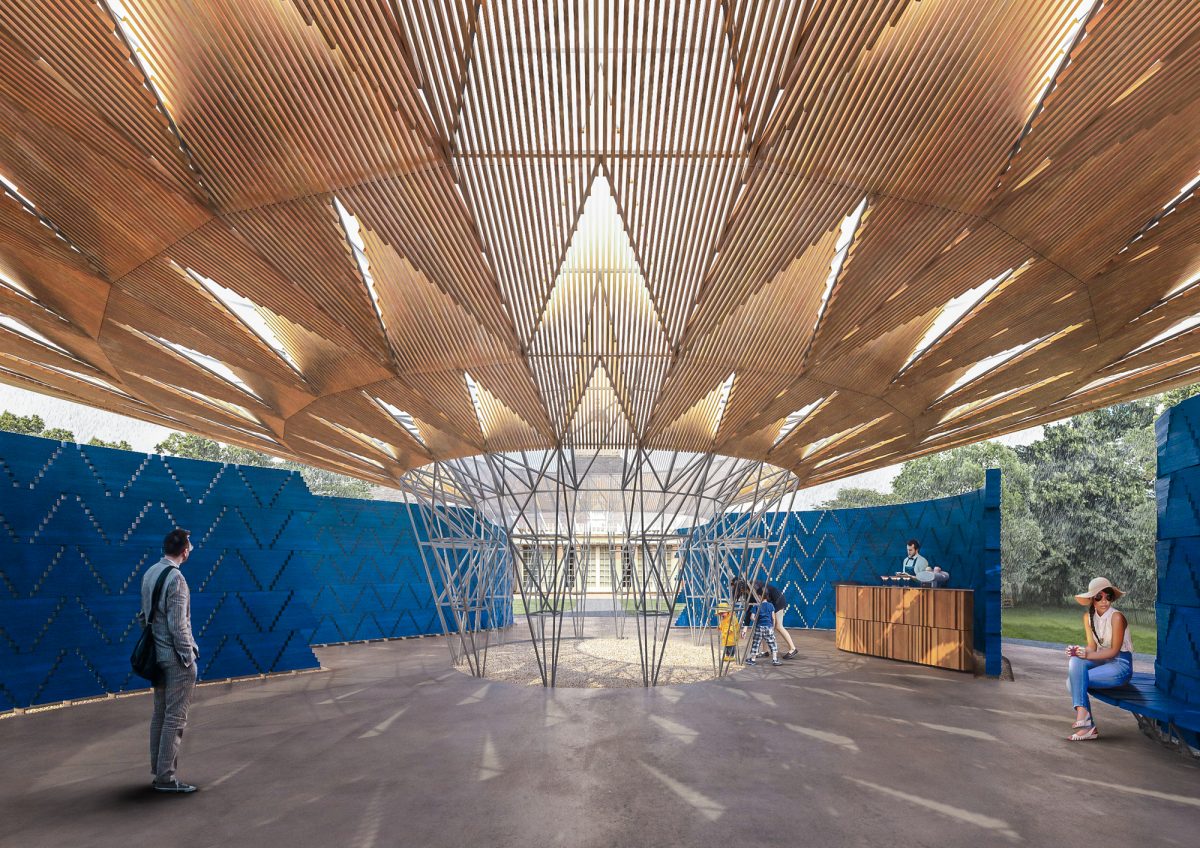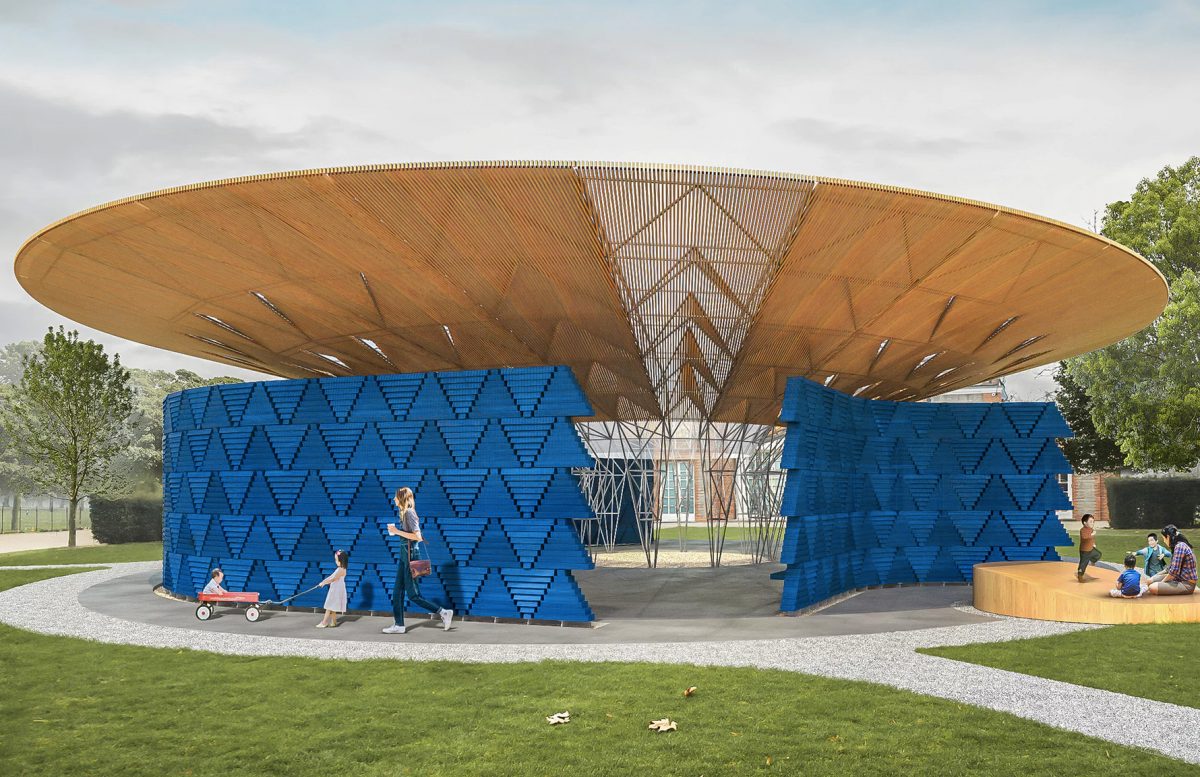Diébédo Francis Kéré’s Serpentine Pavilion 2017
By Something CuratedDiébédo Francis Kéré, who leads the Berlin-based practice Kéré Architecture, is the seventeenth architect to accept the Serpentine Galleries’ invitation to design a temporary Pavilion in its Kensington Gardens site, running from 23 June to 8 October 2017. Since its launch in 2000, this annual commission has become one of the most anticipated events in the global cultural calendar and a leading visitor attraction. Serpentine’s Artistic Director Hans Ulrich Obrist and CEO Yana Peel made their selection of the architect, with advisors David Adjaye and Richard Rogers. In a statement published by the galleries, Kéré said: “My experience of growing up in a remote desert village has instilled a strong awareness of the social, sustainable, and cultural implications of design. I believe that architecture has the power to, surprise, unite, and inspire all while mediating important aspects such as community, ecology and economy.”

Inspired by the tree that serves as a central meeting point for life in his home town of Gando, Kéré has designed a responsive Pavilion that seeks to connect its visitors to nature and each other. An expansive roof, supported by a central steel framework, mimics a tree’s canopy, allowing air to circulate freely while offering shelter against rain and summer heat. Kéré has decidedly embraced the British climate in his design, creating a structure that engages with the ever-changing London weather in innovative ways. The Pavilion has four separate entry points with an open-air courtyard in the centre, where visitors can sit and relax during sunny days.

In the case of rain, an oculus funnels any water that collects on the roof into a striking waterfall, before it is displaced through a drainage system in the floor for later use in irrigating the park. Both the roof and wall system are made from wood. By day, they act as solar shading, creating pools of dappled shadows. By night, the walls become a source of illumination as small perforations twinkle with the movement and activity from inside. The architect explained: “This small light becomes larger as more and more people arrive to join the event. In this way the Pavilion will become a beacon of light, a symbol of storytelling and togetherness.”

As an architect, Kéré is committed to socially engaged and ecological design in his practice, as evidenced by his award-winning primary school in Burkina Faso, pioneering solo museum shows in Munich and Philadelphia, and his immersive installation in the 2014 exhibition Sensing Spaces at London’s Royal Academy. Building on these ideas, Kéré’s Serpentine Pavilion will host a programme of events exploring questions of community and rights to the city, as well as the continuation of Park Nights, the Serpentine’s public performance series.